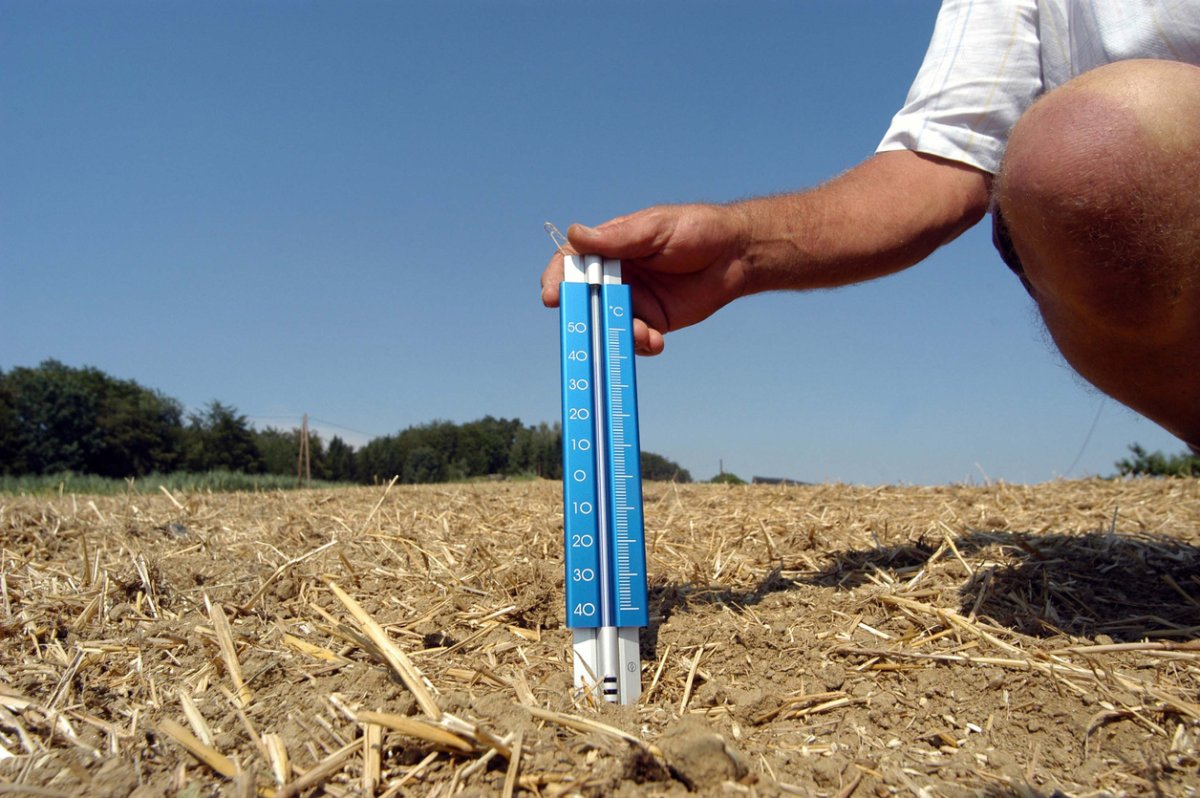Too hot or too cold, and those freshly germinated seeds won’t go anywhere. They won’t grow into those juicy tomatoes, crisp cucumbers, or rich eggplants that we love. So what is the best temperature for seedlings? How can we make sure they thrive?
I’m not here to call anyone out, but when you get those seedlings from the garden supply store or grab your own tray of seedlings and put them unceremoniously in the ground on that first sunny spring day, you may not be happy with the results. Your baby vegetable plants need some care and attention. They don’t want to sit out in the frosty night air anymore than you do.
Discover 7 top tips for growing, harvesting, and enjoying tomatoes from your home garden—when you access the FREE guide The Best Way to Grow Tomatoes, right now!
Discover the best temperature for seedlings and get thriving vegetable plants
First, the best temperature for seedlings is irrelevant unless your seeds germinate. While the germination temperature is fairly consistent for most seeds (generally between 75 and 80 degrees Fahrenheit), there is some variation. Lettuce seeds, for example, will germinate at temperatures as low as 35 degrees. And Okra seeds can germinate up to a maximum temperature of 105 degrees.
You can read more about seed germination temperatures and get a handy dandy chart here, but what happens once those puppies pop up out of their tiny shells? And what’s the best temperature for seedlings? In other words, when are your seedlings ready to go from their lovely indoor home to their permanent residence in the garden?
The really simple approach is to look at your thermometer. If the temperatures are appropriate for your specific plant (for example, cooler weather veggies like lettuce vs. warm weather veggies like okra), then you’re probably good. And like seed germination, the early stages of plant growth should be within similar ranges.
Beware, however, that this does not mean you can just head to the garden with your seedlings on the first sunny day to hit 60 degrees. Why? Let’s talk about some details. Because the more you know, the more you grow! ????
There are technically two answers regarding the best temperature for seedlings: soil temperature and air temperature. Of the two, soil temperature can have a more significant impact on how well your plants do in these early stages. It’s not just temperature that matters, however; it’s also the level of moisture and humidity, airflow, and your soil health.
For example, while your seeds need high humidity to germinate, seedlings can develop fungal diseases if it’s too humid. Alternatively, not enough moisture can also kill your seedlings. And yes, I’ve managed to gain experience with both of these.
Regarding temperature, however, the Iowa State University Extension Program states that soil temperatures about 10 degrees cooler than germination temperatures are ideal. So, for example, if you’ve germinated your pepper seeds indoors at 70 degrees, you can move them outside once you have regular temperatures around 60.
It’s also worth mentioning that you don’t want to just move your seedlings outside. Even at the best temperature for seedlings and the best conditions, a drastic change in atmosphere can stress your plants.
Start by moving them outdoors into a protected space for a couple of hours each day. Then, gradually increase the time until you can plant them and leave them outdoors permanently. The entire process takes about a week or two.
Here’s an easy rundown of the info:
- Once your seeds germinate, you can remove any humidity covers.
- The best temperature for seedlings is about 10 degrees lower than the germination temperature (though that will vary depending on the plant).
- Once outdoor temperatures are appropriate, check your soil temperature. That’s what matters most.
- Gradually give your seedlings increasing amounts of outdoor time before you plant them.
- With very young seedlings that are already outdoors, keep an eye out for any significant overnight temperature dips, and cover them with row covers or individual cloches if needed.
What is your experience with finding the right temperature for seedlings?
Discover 7 top tips for growing, harvesting, and enjoying tomatoes from your home garden—when you access the FREE guide The Best Way to Grow Tomatoes, right now!

2 replies on “What is the Best Temperature for Seedlings to Thrive?”
Enjoy your gardening articles.
Richard Fleming
Thanks Richard!